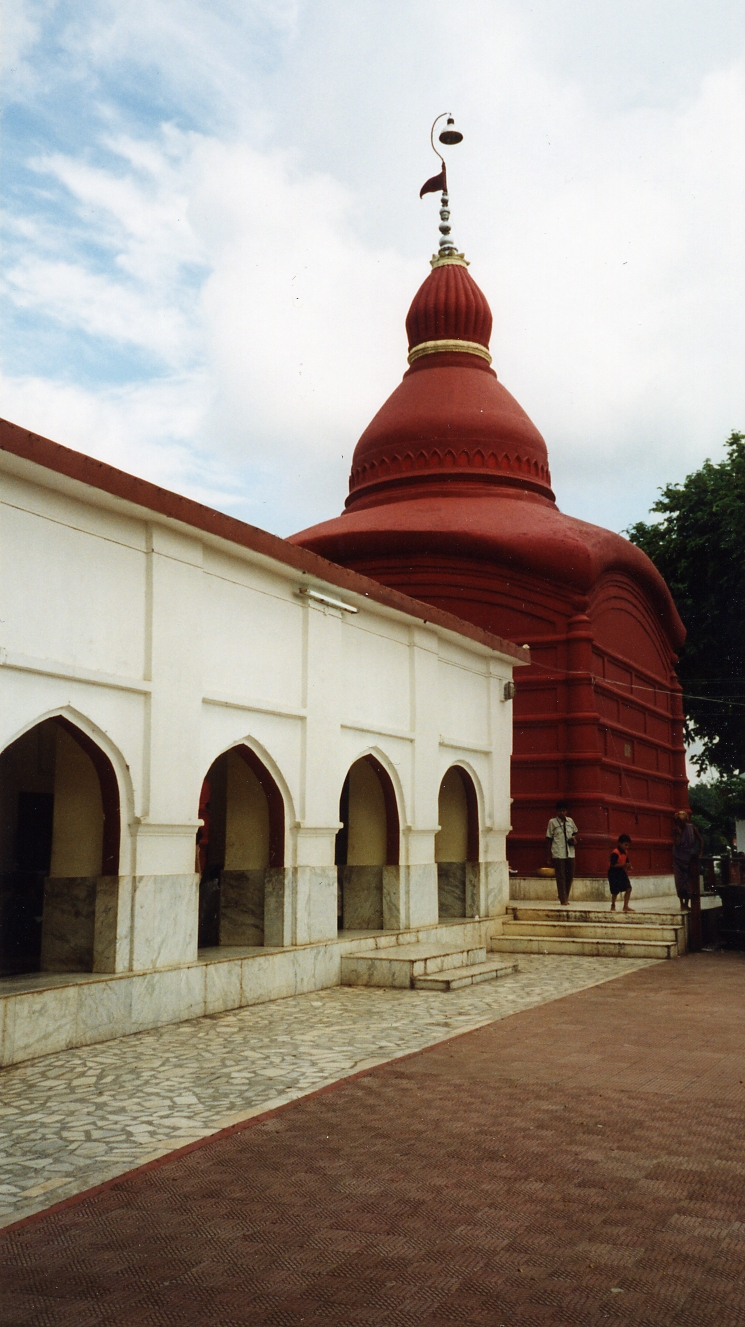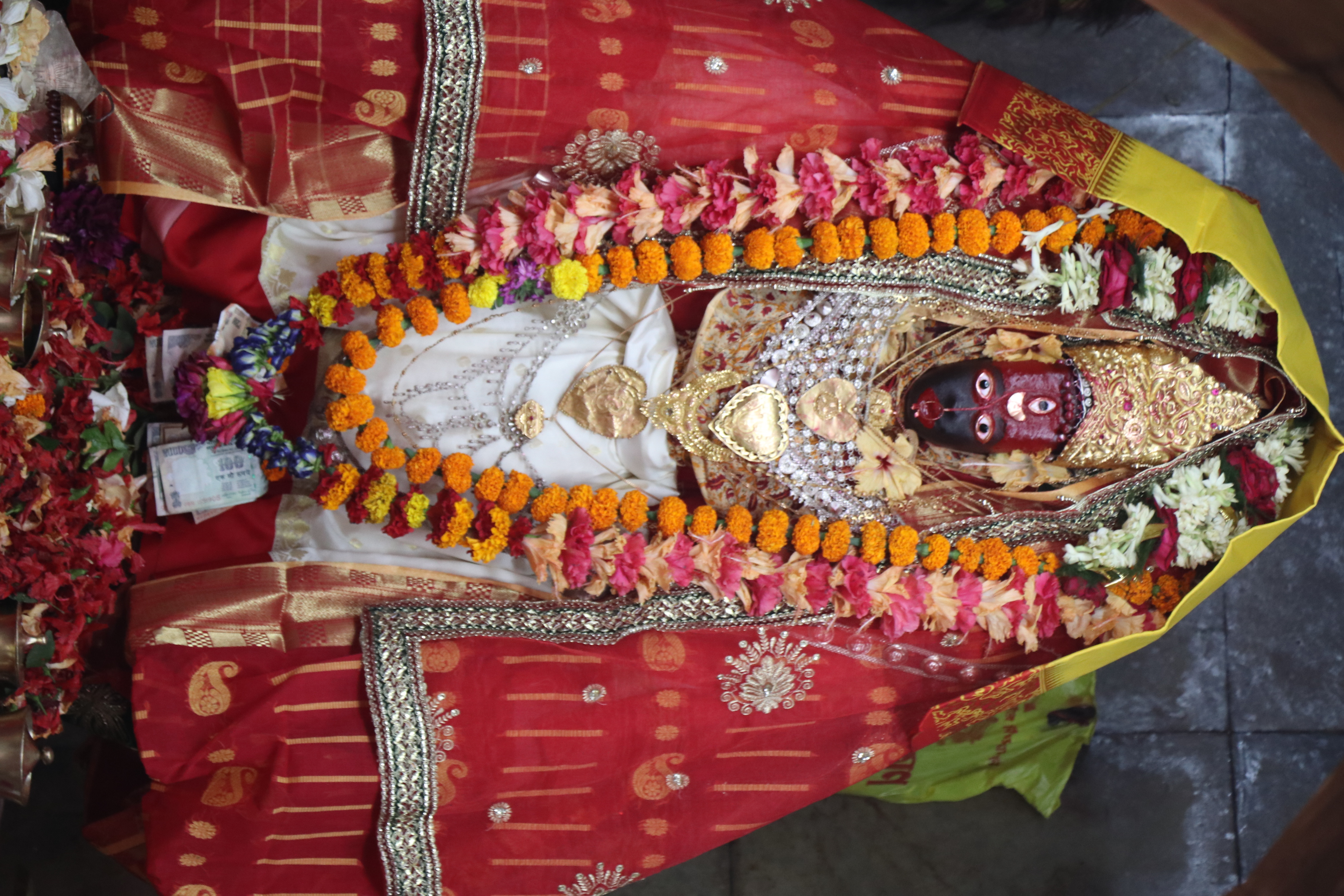The Deotamura Petroglyphs stand as a remarkable testament to the prehistoric artistic and cultural expressions of Tripura's indigenous communities. Nestled in the Gomati region, these rock carvings offer an extraordinary window into the lives, beliefs, and visual storytelling of ancient tribal societies that once inhabited this northeastern landscape.
Archaeological evidence suggests these petroglyphs date back several thousand years, representing one of the most significant yet understudied rock art sites in India. The intricate carvings are etched into massive rock surfaces, depicting a complex array of human figures, animals, geometric patterns, and symbolic representations that reveal sophisticated artistic techniques and cultural narratives.
The geographical context of Deotamura is crucial to understanding these petroglyphs. Located in a densely forested region with undulating terrain, the site represents an intersection of natural beauty and human creativity. The rocks themselves seem to serve as canvases, with each carving telling a story of survival, spiritual beliefs, hunting practices, and social structures of prehistoric communities.
Researchers have noted remarkable diversity in the petroglyphs' styles and themes. Some images appear to represent hunting scenes, with detailed depictions of human figures wielding weapons and pursuing various animal species. Other carvings seem more abstract, potentially holding ritualistic or cosmological significance that remains partially mysterious to contemporary scholars.
The preservation of these petroglyphs is a testament to the durability of human artistic expression and the unique geological conditions of the Tripura region. Despite exposure to centuries of environmental changes, these rock carvings have maintained their intricate details, offering modern observers a direct connection to prehistoric artistic traditions.
Anthropological studies have suggested that these petroglyphs might have served multiple purposes beyond mere artistic expression. They could have functioned as historical records, spiritual documents, territorial markers, or communication mechanisms for communities with complex social structures that predated written language.
The site's significance extends beyond its archaeological value. For contemporary indigenous communities in Tripura, the Deotamura Petroglyphs represent a tangible link to their ancestral heritage, a visual narrative that connects present-day tribal cultures with their ancient roots. Local folklore often intertwines with archaeological interpretations, creating a rich, multifaceted understanding of these remarkable rock carvings.
Contemporary conservation efforts are critical in protecting and studying these invaluable historical artifacts. Archaeologists and local heritage organizations are working to document, preserve, and understand the petroglyphs, recognizing them as irreplaceable evidence of human cultural evolution in the northeastern Indian landscape.






